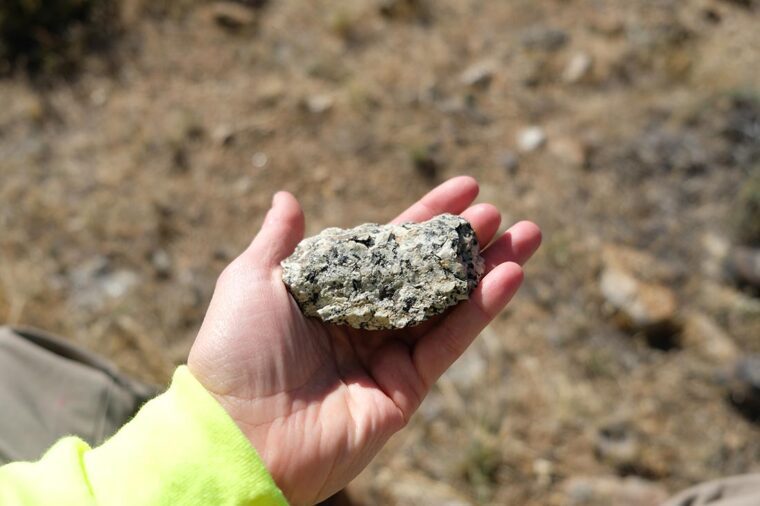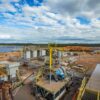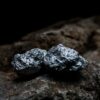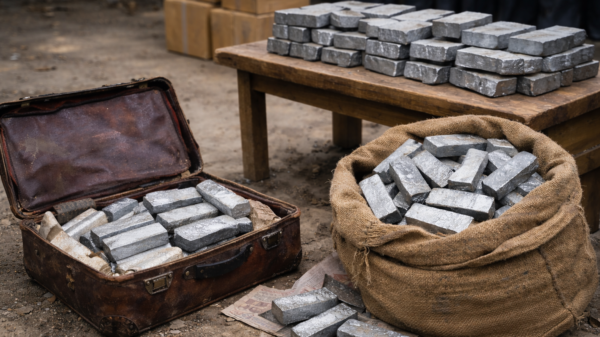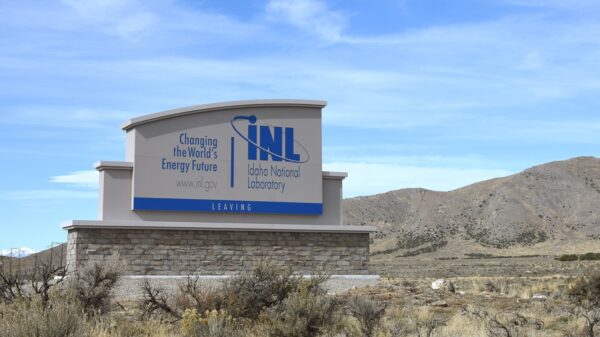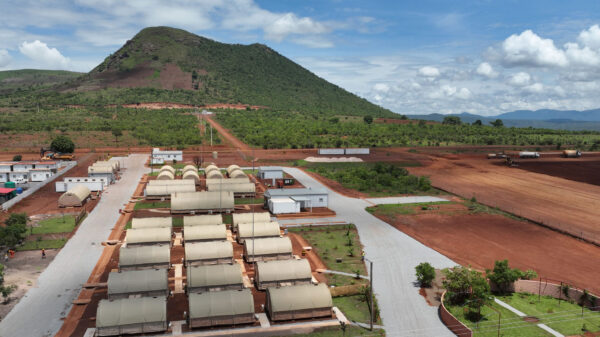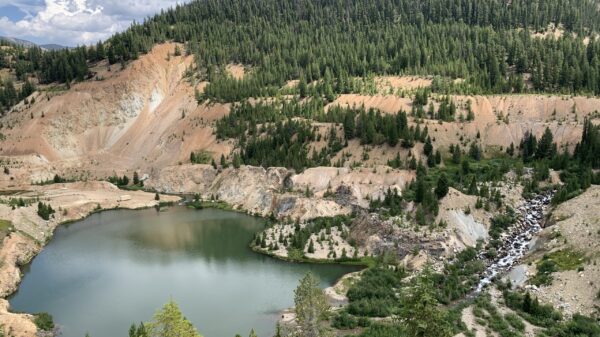American Rare Earths Limited (ASX: ARR) (OTCMKTS: ARRNF) collected 106 channel samples across the Red Mountain at its Cowboy State Mine area in Wyoming.
The company reported the results from its mapping and channel sampling program across the Cowboy State Mine on Thursday.
Assay results confirmed elevated rare earth mineralization across Red Mountain, including a standout sample grading 1.37 per cent TREO (13,651 ppm). TREO grades in the Red Mountain Pluton (RMP), the rare earth-bearing rock type, ranged from 711 ppm to 13,651 ppm. The average grade was 3,661 ppm.
Magnet rare earth oxides (MREO) account for about 28 per cent of the total rare earth content, averaging 1,023 ppm. Heavy rare earth oxides (HREO) represent approximately 13 per cent of the total, with an average of 464 ppm.
Fifteen samples exceeded 4,500 ppm TREO, identifying zones with elevated-grade material in the system. Additionally, these results confirm that the southern portion of Red Mountain hosts some of the highest-grade material in the CSM area.
The team is incorporating channel sampling data into an updated geological model and resource estimate. This model will support mine planning and guide the Pre-Feasibility Study, which remains on schedule for completion in late 2025.
“With the high-value core four magnet rare earths including neodymium, praseodymium, dysprosium and terbium consistently present across the Cowboy State Mine, we are advancing one of the few U.S. projects capable of supplying these critical materials at scale,” said Chris Gibbs, CEO of American Rare Earths.
Read more: Promising antimony find in Nevada strongly positions NevGold Corp in minerals race
Read more: NevGold’s long intervals of antimony & gold mineralization turn heads
China has recently banned exports of terbium and dysprosium
Gibbs emphasized the encouraging confirmation of the four key rare earth elements across the sampled area. Terbium and dysprosium, in particular, are critical for high-temperature magnet applications and remain in very short supply outside of China. Furthermore, the Scoping Study projects that these elements will account for more than 25 per cent of total revenues.
He noted that the project does not depend on federal permitting reform to proceed. Its location on state lands in Wyoming provides a clear and efficient path to development. With China recently banning exports of terbium and dysprosium, Halleck Creek’s role as a secure domestic source has taken on even greater national significance.
According to the Updated Scoping Study, a phased development approach could lead to initial production by 2029. Gibbs said the project’s scale, straightforward development plan, and long-term resource potential position Halleck Creek as one of the most important rare earth initiatives in the United States.
The problem that is that the United States faces a significant shortfall in domestic rare earth supply. It heavily relies on imports—especially from China—for critical materials used in defense, electronics, and clean energy. Complicating this, the United States and China are presently dancing around each other economically with their gloves up. China has throttled the tap to critical minerals to both the United States and the rest of the world.
To address this, the U.S. is investing in exploration, supporting domestic projects like Halleck Creek, and funding processing infrastructure through the Department of Energy. Strategic stockpiling, public-private partnerships, and permitting reforms are also under review to secure a stable supply of these essential minerals.
.

